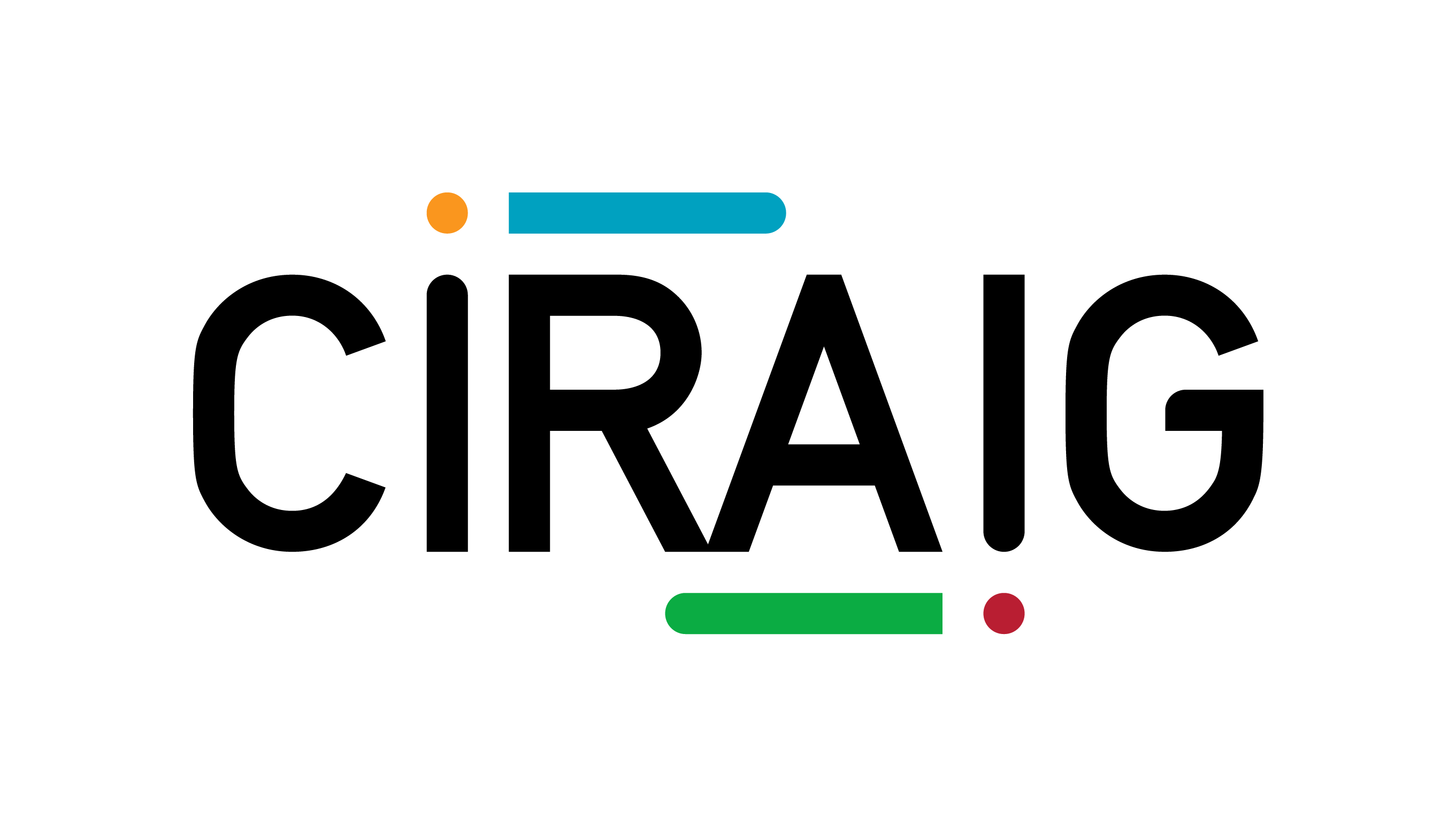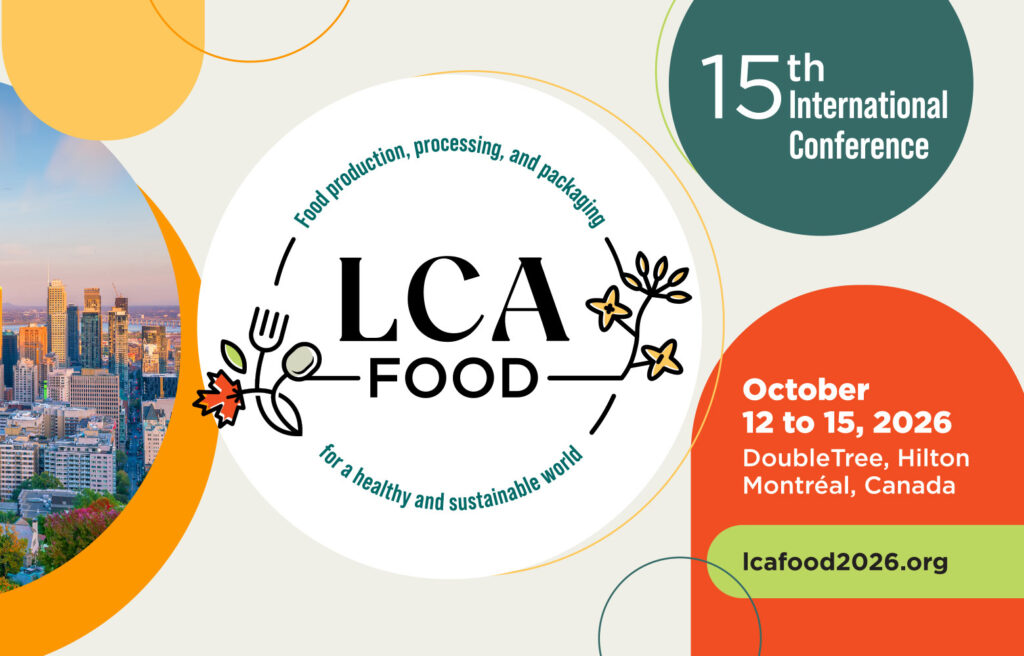Inventory of greenhouse gas emissions resulting from consumption by the Montreal community for 2017
This report presents the inventory of greenhouse gas (GHG) emissions related to the consumption of the Montreal community for the year 2017. The inventory covers all activities and operations taking place within the Montreal community, including household purchases and activities, spending by the Ville de Montréal itself, capital investments (e.g. the purchase of buildings or machinery) taking place within the community, as well as federal and provincial government spending benefiting the community.

This inventory is based on a “consumption approach”, i.e. it includes not only GHG emissions occurring within the Montreal community, but also GHG emissions linked to imports of goods and services from other territories.
The inventory was built using an EEIO (Environmentally-Extended Input-Output) approach, in line with the PAS 2070 methodology adopted by the C40 group of cities. The year 2017 was chosen, as it corresponds to the most recent year for which the data required for the study is available. The inventory was calculated using Open IO-Canada, a Canada-specific EEIO table developed by the CIRAIG.
The inventory was built in two stages. First, the Open IO-Canada results obtained for an average Quebecer were scaled to the population of the Montreal community. This first step enabled to identify the main contributors to the inventory, and thus to determine the consumption data to be collected as a priority in order to adapt to the Montreal context. Secondly, consumption data specific to the Montreal context was collected and connected to the Open IO-Canada model. In particular, household consumption expenditure, which accounted for 76% of the GHG inventory obtained after the first stage, was adapted for the Montreal context. These expenditure data come from surveys conducted by Statistics Canada.
According to the results of this study, the Montreal community emitted 26.1 million tonnes of CO2 equivalent (Mt CO2 eq.) in 2017. Households are mostly responsible for these emissions (76%), followed by capital investments (17%) and federal, provincial and municipal governments (7%). The main sectors of household consumption are the use of private vehicles, food (mainly beef and dairy products) and the use of fossil fuels at home (for heat production and cooking).
In collaboration with
We use cookies on our website to give you the most relevant experience by remembering your preferences and repeat visits. By clicking “Accept”, you consent to the use of ALL the cookies.
Manage consent
Privacy Overview
This website uses cookies to improve your experience while you navigate through the website. Out of these, the cookies that are categorized as necessary are stored on your browser as they are essential for the working of basic functionalities of the website. We also use third-party cookies that help us analyze and understand how you use this website. These cookies will be stored in your browser only with your consent. You also have the option to opt-out of these cookies. But opting out of some of these cookies may affect your browsing experience.
Necessary cookies are absolutely essential for the website to function properly. This category only includes cookies that ensures basic functionalities and security features of the website. These cookies do not store any personal information.
Any cookies that may not be particularly necessary for the website to function and is used specifically to collect user personal data via analytics, ads, other embedded contents are termed as non-necessary cookies. It is mandatory to procure user consent prior to running these cookies on your website.
Your subscription could not be saved. Please try again.
Your subscription has been successful.





